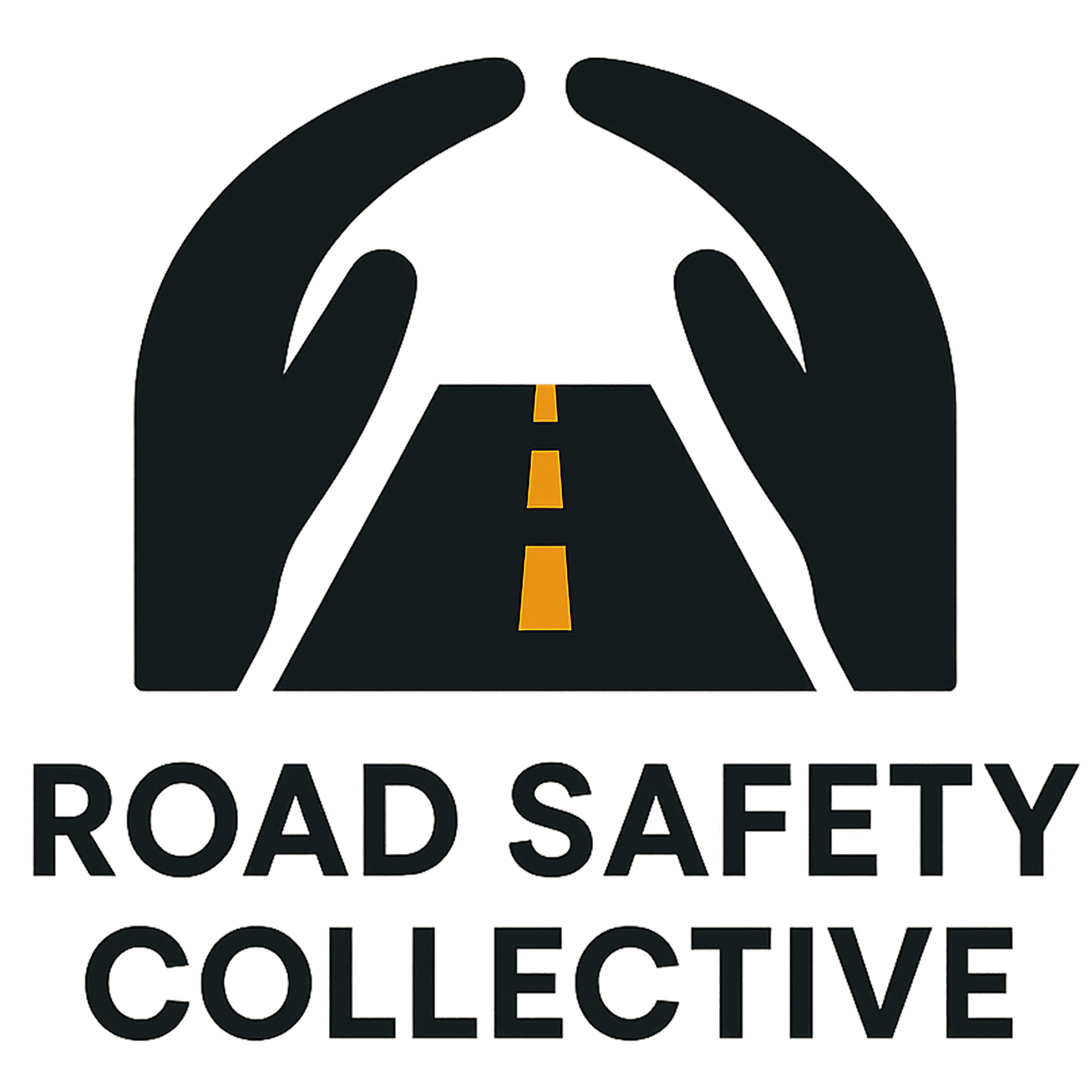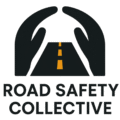Vehicle Safety
At Road Safety Collective, we believe that safe roads are a right, not a privilege. Every life matters, and every accident is preventable when the right systems, behaviours, and awareness come together.
Car Seats and Booster Seats
Car seats and booster seats are essential for protecting children in vehicles, especially during collisions. Each stage—rear-facing, forward-facing, and booster—caters to a child’s size and age. A properly installed seat dramatically reduces injury risk, yet many are incorrectly fitted. Parents must follow manufacturer guidelines and ensure the seat is secured tightly and used every time, even for short trips.
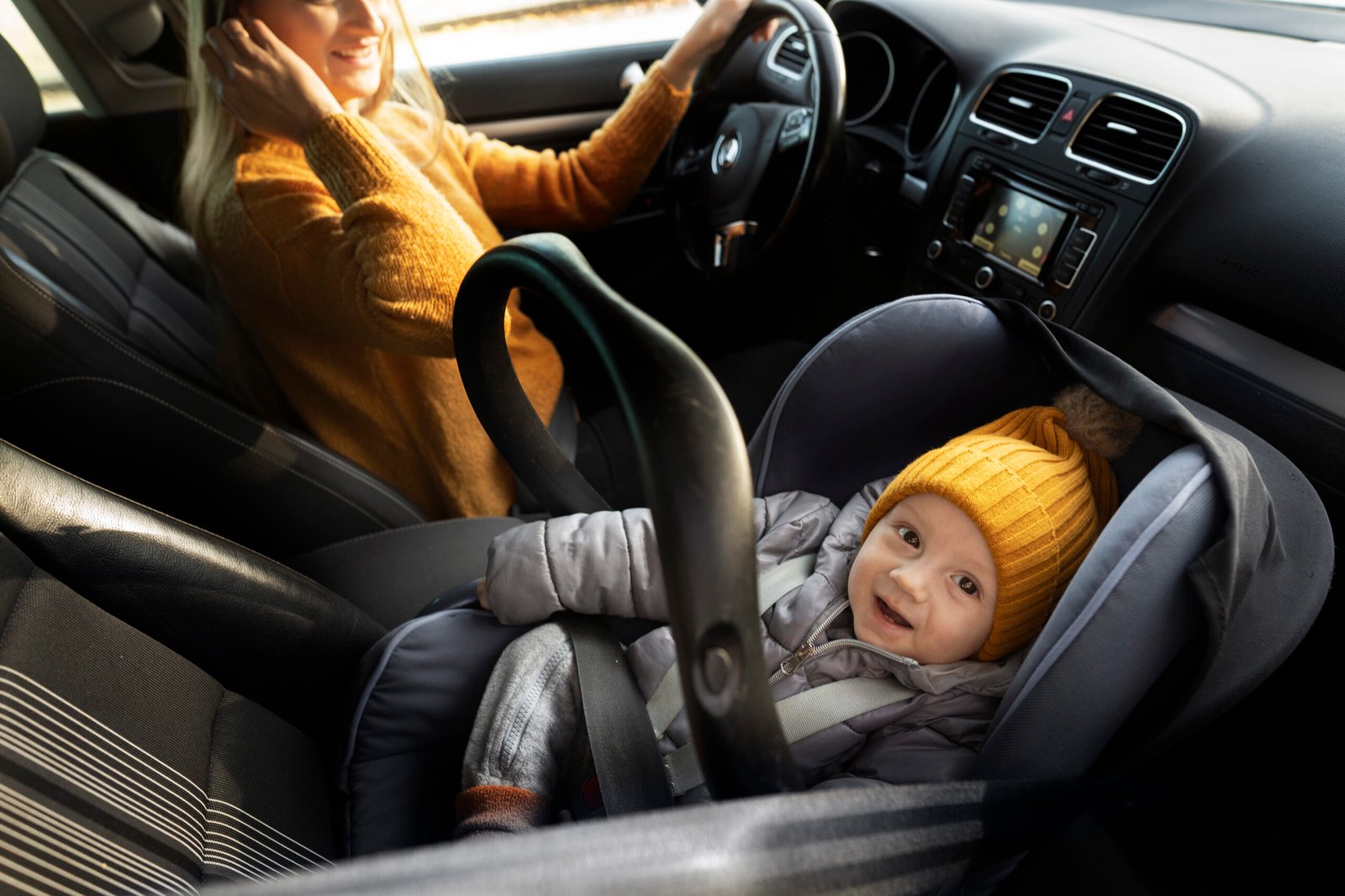
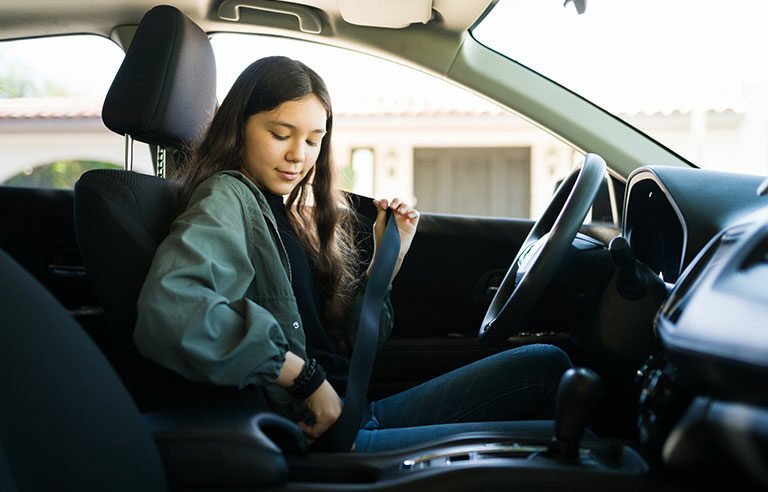
Seat Belts
Seat belts are the single most effective safety feature in any vehicle, reducing fatal injury risk by nearly half for front-seat passengers. Yet, countless lives are lost annually due to non-usage. Every occupant—front or back—must buckle up at all times. Proper use includes adjusting the belt to lie flat across the chest and hips, not twisted or placed under the arm.
Tyres
Tyres are a vehicle’s only contact with the road, making their condition crucial for safety. Worn-out or underinflated tyres can lead to skidding, blowouts, or longer braking distances. Regular checks for pressure, tread depth, and signs of wear should be part of every driver’s routine. Rotating tyres and replacing them when needed ensures maximum traction and control in all conditions.
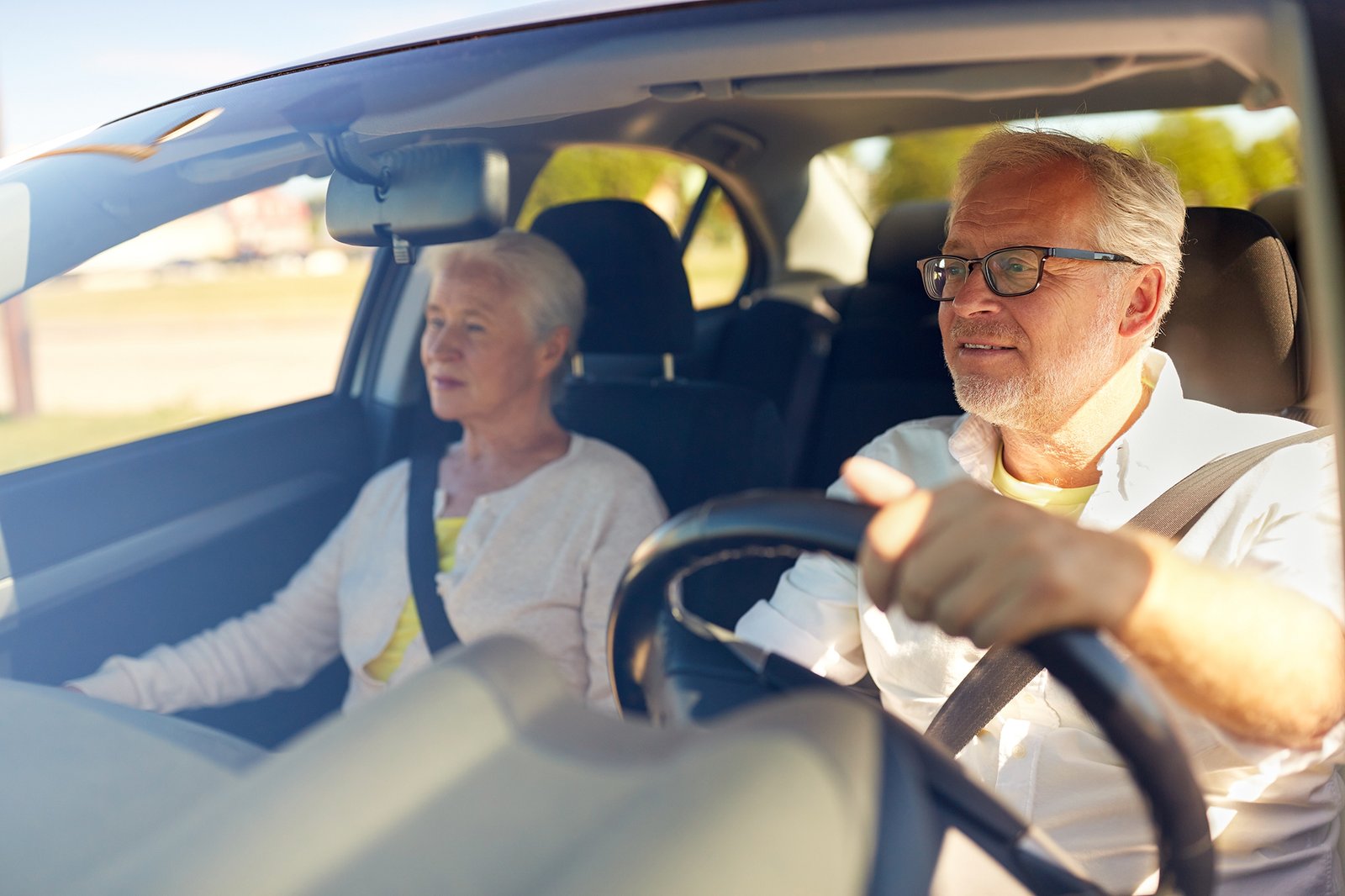

Air Bags
Air bags act as a crucial supplemental restraint system, cushioning impact in serious crashes. Front, side, and curtain airbags have collectively saved thousands of lives. However, they work best when seat belts are also used. Children under 13 should never sit in front of an active airbag, as it can cause injury. Proper posture and seat positioning also ensure airbags deploy safely and effectively.
Automated Vehicles for Safety
Automated and semi-automated vehicles are revolutionising road safety by reducing human error—the leading cause of accidents. Features like lane-keeping assist, automatic emergency braking, adaptive cruise control, and collision warnings are helping drivers avoid crashes. While these technologies aren’t replacements for driver attention, they significantly enhance reaction time, spatial awareness, and overall driving precision.
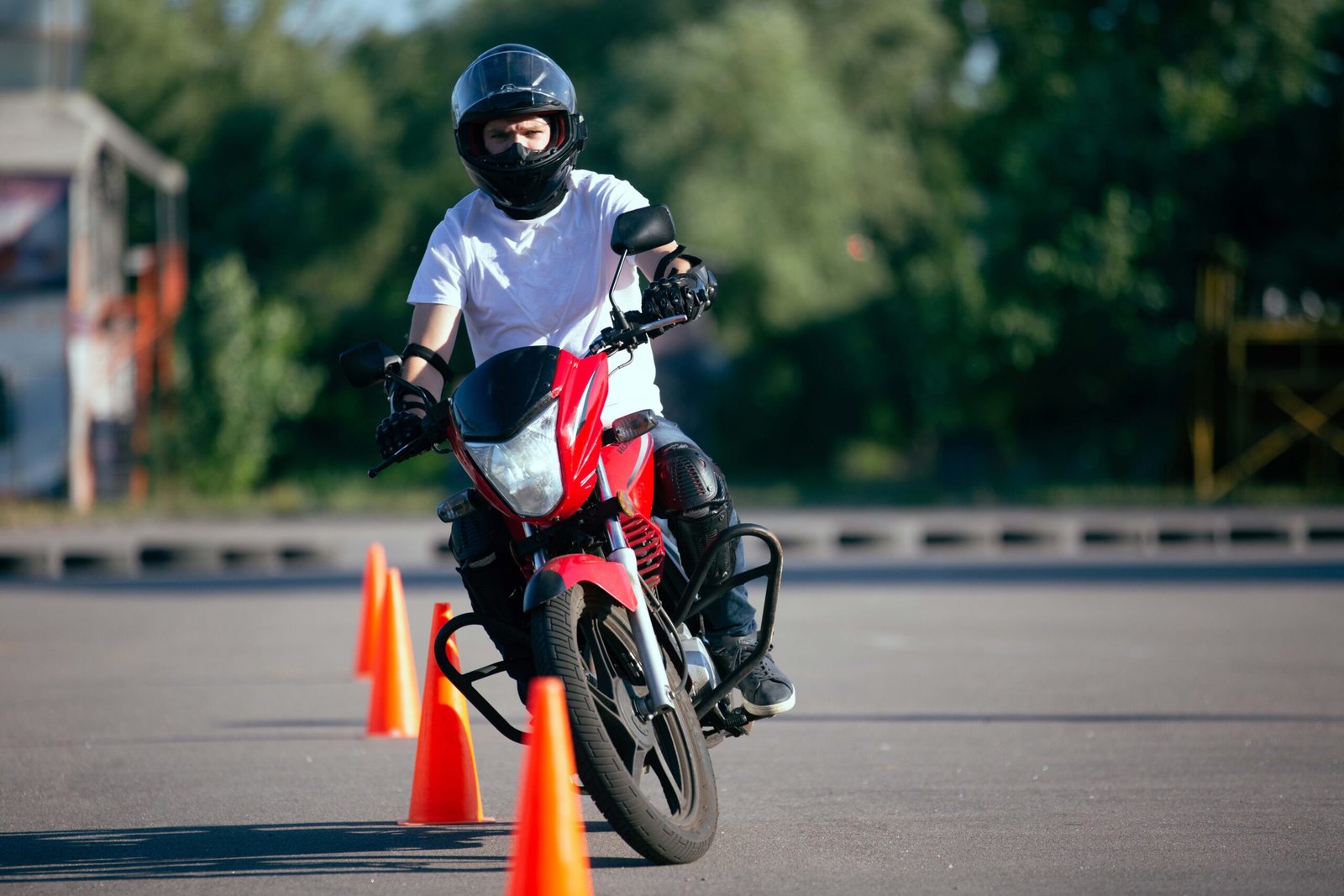

Adapted Vehicles
Adapted vehicles enable individuals with physical disabilities to drive safely and independently. Modifications like hand controls, wheelchair ramps, pedal extensions, and swivel seats tailor the driving experience to the user’s needs. Such vehicles empower inclusive mobility, but they must be designed and maintained to meet high safety standards. Proper driver training and vehicle certification are key for road safety and personal confidence.
